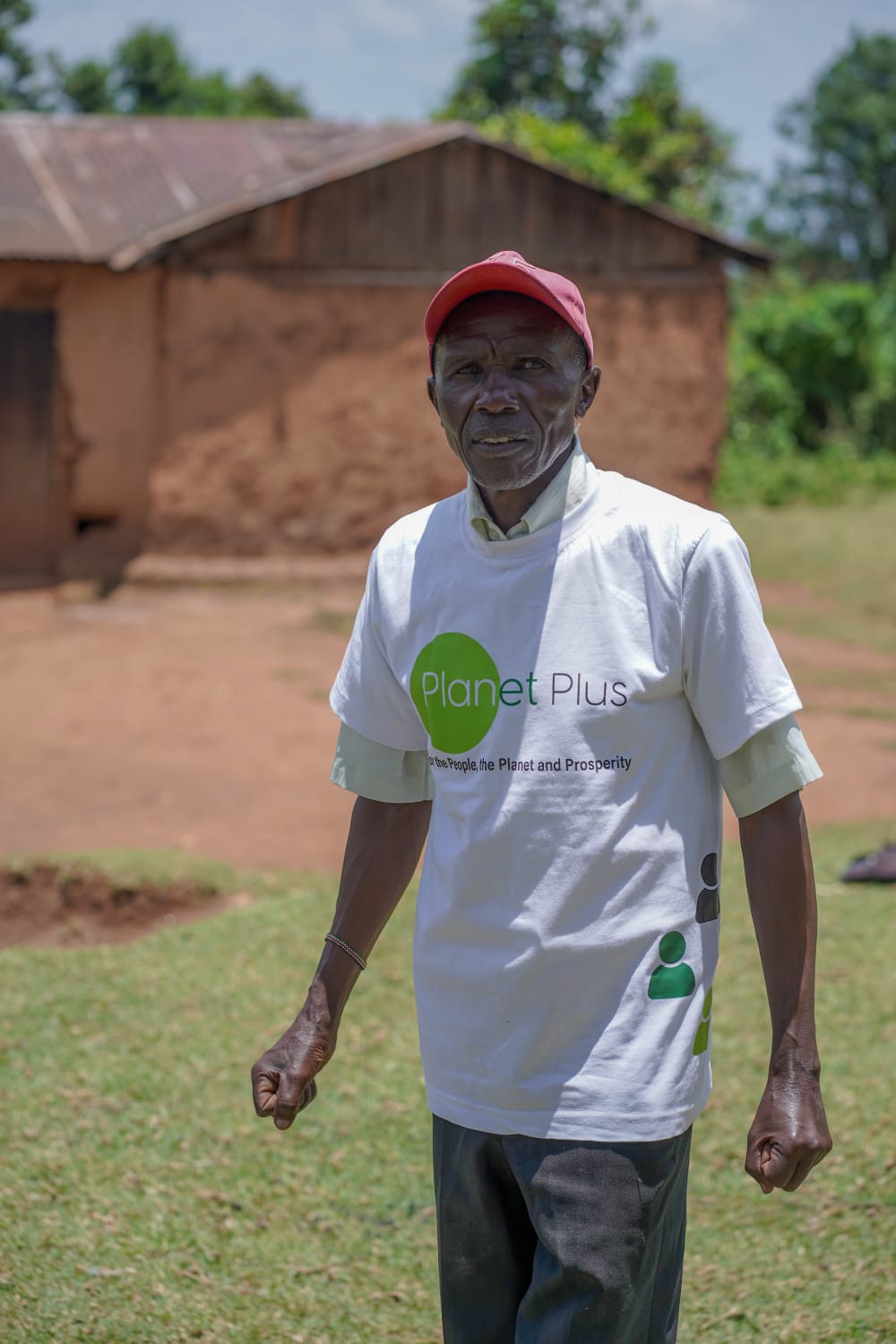I grew up hearing about Mau Forest. At the time, it was the most talked-about forest in Kenya but always for the wrong reasons. Tree felling, eviction of forest dwellers, irregular land allocations, expanding farms, and even the introduction of a tea plantation said to be linked to President Moi made Mau a constant headline. Activists and community leaders criticized these injustices, and my father, who loved political debates, would retell the stories while poking holes in Moi’s administration.
Through him, I learned that Mau was under siege. Yet as a child living in the slums of Nairobi, where iron-sheet houses and streams of stinking black water defined my reality, I could hardly picture a vast forest being fought over. Still, I carried the conviction that one day, I needed to do something about it.
That opportunity came years later. In 2015, while attending a conservation conference introducing the Sustainable Development Goals (SDGs), I met two gentlemen, Mike and Leonard. Over lunch, I shared my dream of helping Mau. Leonard, who came from Nessuit in the Mau area, invited me to visit. Soon after, I gathered a few friends, and together we made our way there.
Our visit led us to meet Mzee Simon Konana Konini. Riding on a motorbike to his home, I was struck by what I saw or rather, what I didn’t see. Instead of dense forest, there were dusty bare roads, cypress trees planted in straight lines to demarcate land, and endless stretches of maize farms. Mzee Konana explained that all this land had once been a flourishing forest, now cleared and occupied.
As he spoke, he served us honey straight from combs in an uteo. It was the first time I had ever tasted honey in its rawest form pure, unprocessed, and unlike anything I’d known before. That moment was transformative. Listening to Mzee Konana share about his people, the Ogiek, who for centuries sustained themselves on honey and meat, I began to connect the dots.
In 2016, I began actively restoring Mau Forest alongside Mzee Konana and other community members who were willing to join hands. That first year, we planted 2,000 trees. The following year, 10,000. And since then, the numbers have only grown, each season bringing new life to a once-degraded landscape.
The initiative has so far helped restore more than 250 hectares of land in Mau Forest, with over 300,000 trees grown, largely under the dedicated leadership of my friend Titus Kimathi. Yet, I came to realize that the true restoration of Mau could not be achieved through tree planting alone. The community also needed sustainable livelihoods that honored their heritage while addressing present-day realities, educating children, clothing families, and securing incomes. Beekeeping and honey could serve as that vital bridge.
From that seed of an idea, a journey began. By June 2023, after years of nurturing this dream, Mzee Konana & Anupi’s Pure Honey was officially launched. Diana Musa and I debuted our Mau Forest honey at the Youth in Forestry Conference held at the KCB Leadership Centre in Karen. We didn’t sell much that day, but it marked the start of a bold venture.
Today, our honey has reached tables across Kenya and even travelled to America, Belgium, the UAE, and Canada. But more than sales, this journey is about honouring the stories of Mau, supporting communities like the Ogiek, and weaving conservation with livelihoods. Every jar of honey carries with it resilience, heritage, and the vision of restoring a forest once in the headlines for all the wrong reasons.
Seven years after that first motorbike ride to see Mzee Konana, what started as a childhood conviction is now a global product one that sustains both people and forests.


Good job Sarah!
thank you so much for your kind words
I’ve watched this transformational journey from a distance, and I can’t help but marvel at the passion and consistency you’ve shown throughout.
keep keeping it here 🙂